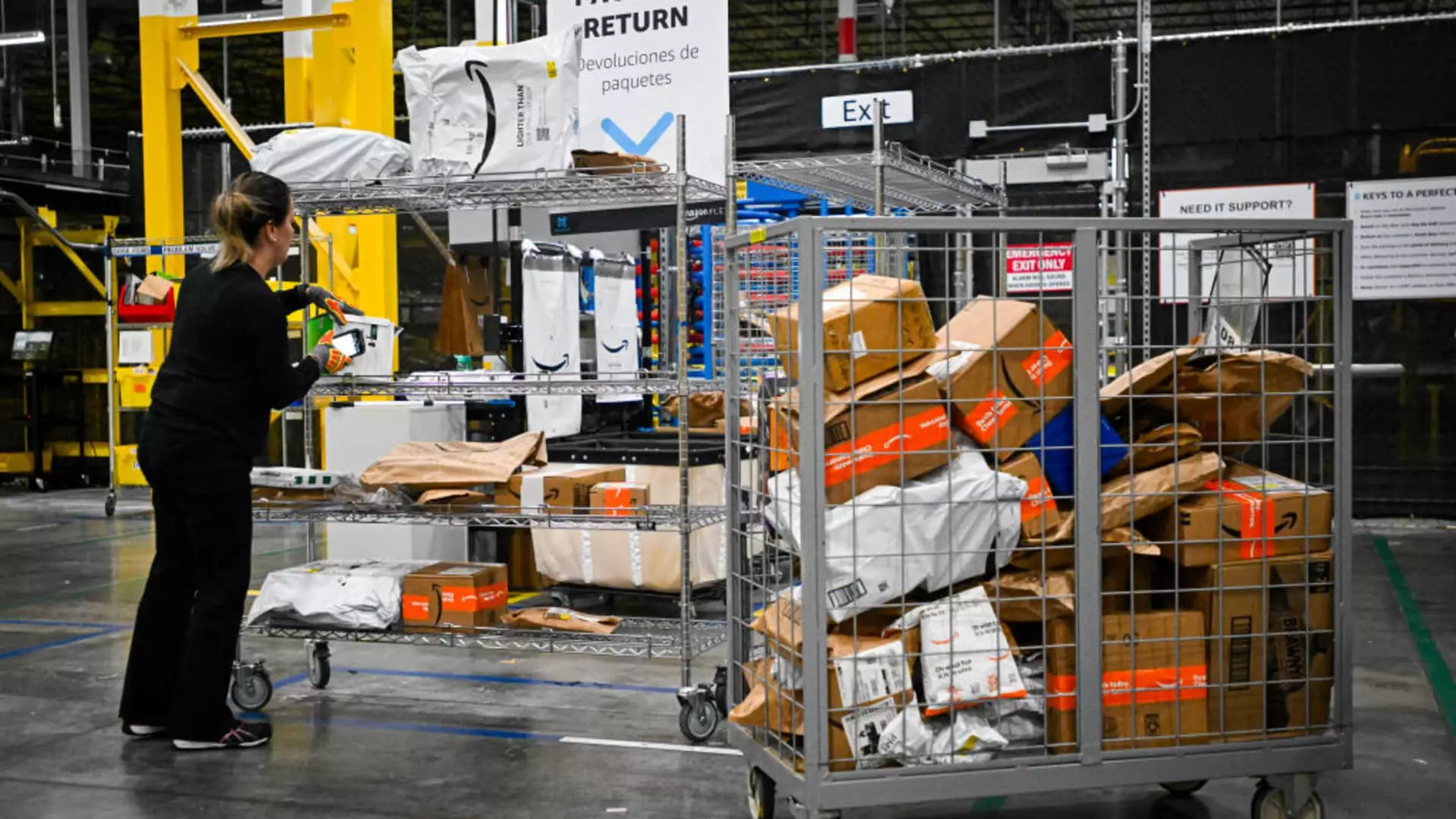This year’s Amazon Prime Day has shattered records, with online sales surging nearly 10% year-over-year to hit an unprecedented $7.9 billion in just a single day. The magnitude of this spike not only highlights the resilience of American consumers but also underscores a complex economic dynamic. While headline figures suggest a booming retail environment, beneath the surface lies a fraught relationship between consumer optimism and economic uncertainty. The fact that this shopping frenzy surpassed last year’s Thanksgiving sales demonstrates the shifting battleground of holiday spending, where consumers are increasingly turning to digital outlets to satisfy their purchasing desires.
However, this apparent surge could be a temporary anomaly driven by aggressive marketing tactics and prolonged discount periods. Many analysts warn that exaggerated expectations for the entire event—expected to reach nearly $24 billion—may overlook underlying fragility, especially given the mixed signals from the broader economy. Consumer confidence, after perceivable improvements in May, has shown signs of wavering in June due to concerns over tariffs and their inflationary effects. Consequently, while the numbers seem impressive, they are just a snapshot in a landscape fraught with economic tension and potential pitfalls.
The Political and Economic Context: A Fragile Balance
President Trump’s unpredictable tariff policies cast a long shadow over corporate pricing strategies and consumer behavior. Despite Amazon’s CEO claiming that tariffs haven’t meaningfully increased costs on their platform, evidence suggests that many third-party sellers, especially those dependent on Chinese manufacturing, are contemplating or have already implemented price hikes. This trend threatens to tarnish the consumer-friendly image of Prime Day, transforming it from a celebration of deals to a reflection of geopolitical turbulence and economic uncertainty.
Within this delicate ecosystem, retailers are caught in a balancing act—trying to maintain competitive pricing while absorbing rising costs. The increased promotional activity by Walmart, Target, and Best Buy signals a broader effort to retain consumer interest amid these mounting cost pressures. Yet, such strategies threaten to perpetuate a damaging cycle where price inflation erodes profits and consumers bear the brunt of policy-induced costs.
Consumer Resilience or Strategic Opportunism?
The ongoing robust online spending signals a resilient consumer base eager to capitalize on discounts, but it also raises questions about long-term sustainability. Are consumers overextending, driven by the allure of temporary bargains, or are they responding to genuine needs? With demand shifting across categories—strengthening in home and outdoor goods while softening in beauty and essentials—the picture remains nuanced.
Furthermore, spreading out purchases over a longer promotional period could indicate a strategic adaptation by consumers and retailers alike, aiming to spread economic risk rather than collapsing into a frantic, unsustainable buying spree. This suggests a deeper change: Americans may be more cautious yet still determined to navigate a challenging economic landscape by leveraging discounts as a hedge against rising prices elsewhere.
In this context, Prime Day serves as both a barometer and a battleground—a reflection of economic resilience, diplomatic tension, and consumer ingenuity. Its real significance lies not merely in record-breaking figures but in what it reveals about the broader fiscal and political stability of the nation, where shoppers and policymakers alike must navigate a complex web of optimism and uncertainty.

